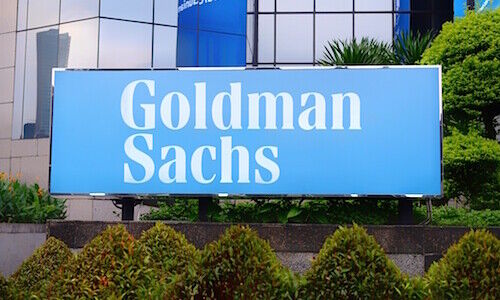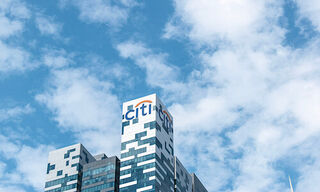Swiss Banking White-Knuckles it to the Quarter-Century Mark
Tracing a journey from boundless optimism to anxious trepidation.
Major banks give off a very intentional impression of unchanging, marble-lined solidity.
Even if obvious, it is an understandable imperative given that banking and markets are preternaturally turbulent, taxing businesses.
Belief or Disbelief
However, for many banking employees in Swiss finance, the experience has been more akin to that of a horror movie. A near-constant white-knuckle ride that somehow remains so compelling and intellectually challenging that they stay firmly glued to their seats, unable to suspend their disbelief or belief about what is happening.
Bulge Bracket
For many, the turn of the millennium was characterized by boundless, even manic, optimism for those who made it through the UBS-Swiss Bank Corp merger. It was a time when the country’s financial center could count on an institution that had the world’s pre-eminent wealth manager, the largest trading floor anywhere, and was on the verge of going bulge bracket on Wall Street.
But there are two sides to everything, and the same merger was also symbolic of a deep-seated 1990s domestic industry consolidation. The major Swiss bank count fell to a modest 2, from 5 at the outset, while the consequences of the LTCM hedge fund debacle simmered in the background. Both trends would serve as leitmotifs.
Impenetrable Business
The onset of a new decade wasn’t peaceful. There was the tragedy of 9/11 and the subsequent, albeit short-lived, chaos on Wall Street. Shortly after that, the collapse of Swissair, the blame for which was both fairly and unfairly placed on the country’s largest bank.
The mid-2000s were characterized by constant restructuring at Credit Suisse. There was also the small, pesky detail of increasing losses in UBS’s US commercial real estate business.
Necessary Outtake
At the time, it was just a footnote, given it was such an impenetrable, undecipherable business and just another of many investment banking prongs. Many interpreted it as a necessary outtake of the strong, global push, never a harbinger of an imminent global financial crisis.
The conventional wisdom knows the story from here on out. Sub-prime. Lehman and others collapse. UBS – government rescue. From 2009, a decade-long industry-wide US tax evasion debacle. Then, Credit Suisse’s unending gyrations (including the LTCM-like Archegos fiasco) - and rescue number two.
Secular Downtrend
It is a big comedown from the days shortly after the 1997 UBS-SBC merger when, for a short time, the Swiss financial hub could lay claim to the world’s second-largest bank – and, by far, the largest in Europe.
It would be easy to point to a clear, secular downtrend in Swiss banking, although the truth is more complicated as we hit the quarter-century mark. The only thing makeable contention is that a once boundless optimism has been replaced by an anxious sense of national trepidation, regardless of how well or poorly the future UBS fares.
Uncomfortable Thrill Ride
In the same breath, the average employee has had to confront a creeping sense of restructuring-tinged normality mixed in with what has been an intense, very uncomfortable, even unwanted, thrill ride.
No matter how you look at it, it is something that leaves deep traces.
Andrew Isbester, based in Hong Kong, is retiring after more than five years as finews editor-at-large and intends to split his time in the future between Southeast Asia and the Auvergne region of France.




























